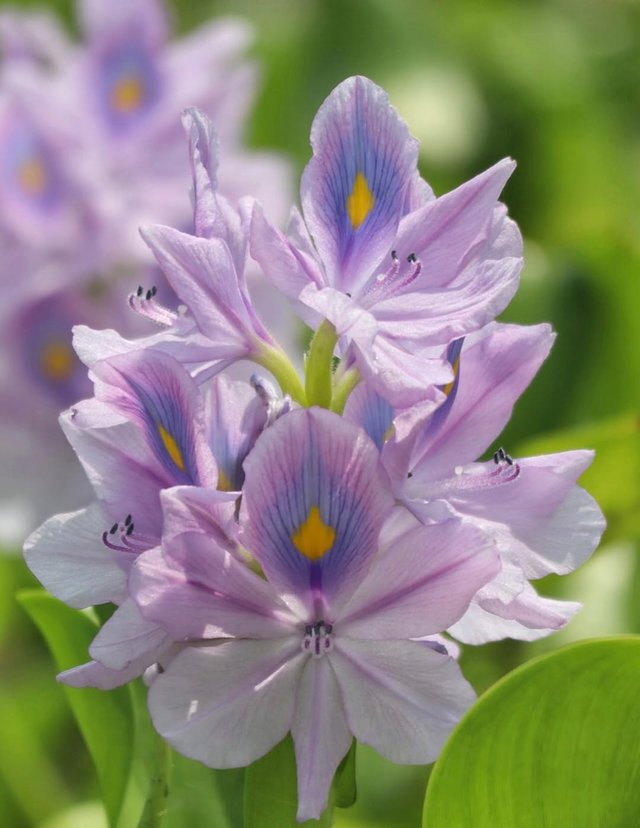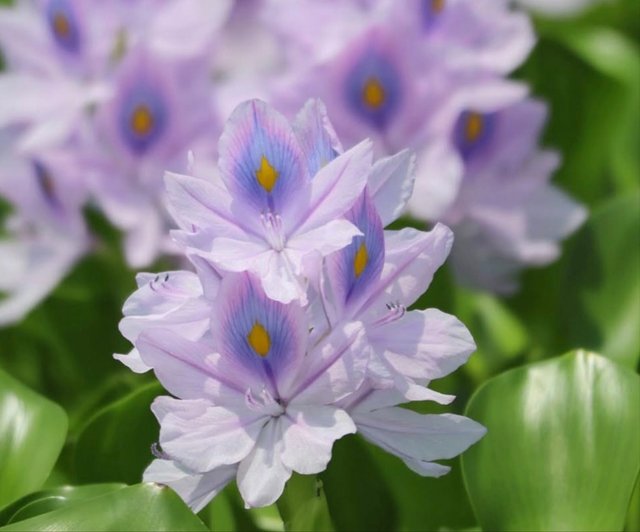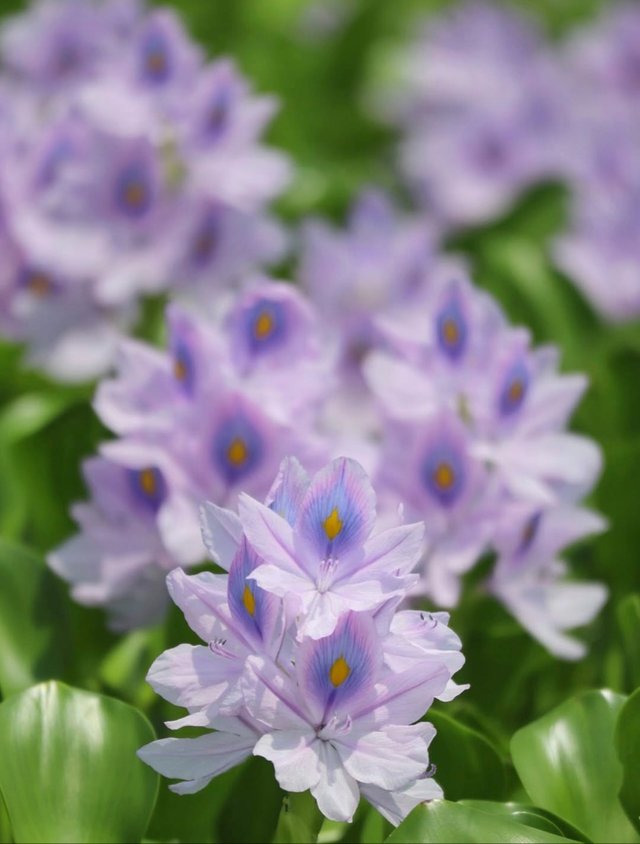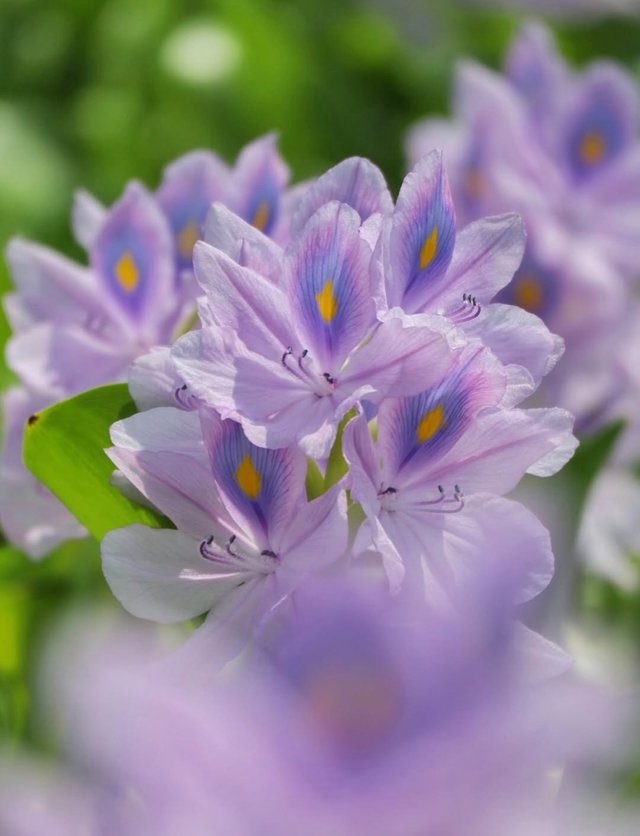Common Water Hyacinth
The Common Water Hyacinth is one of the world’s fastest-growing aquatic plants. With its lush green leaves, delicate lavender-to-violet flowers, and rapid propagation, it paints a picture of natural beauty. However, beneath its aesthetic charm lies a complex ecological challenge that continues to affect water bodies across the globe.Originally native to the Amazon Basin in South America, the water hyacinth was introduced in many tropical and subtropical regions for ornamental purposes. It was admired for its attractive flowers and ability to float gracefully on the surface of ponds and lakes. However, its beauty became a double-edged sword. With no natural predators outside its native habitat, the plant began to spread invasively, choking waterways, disrupting ecosystems, and damaging local economies.
Water hyacinths are known for their explosive growth. A single plant can reproduce rapidly through both seeds and vegetative methods.In warm, nutrient-rich water, their population can double in less than two weeks. They can form thick mats that cover the entire surface of a lake or river, blocking sunlight and reducing oxygen levels in the water.Despite its beauty, the water hyacinth is considered one of the world’s worst invasive aquatic plants. Its rapid growth and dense mats have far-reaching consequences.
The Common Water Hyacinth serves as a powerful example of how human intervention in ecosystems, even for seemingly harmless reasons like beautification, can spiral into large-scale environmental issues. While it’s crucial to manage and control its growth, there’s also room to innovate and repurpose this invasive species into something useful.Taming the water hyacinth will require collaboration between scientists, environmentalists, policymakers, and communities. Only then can we turn this water-borne invader into an opportunity for sustainable development.




真漂亮的花